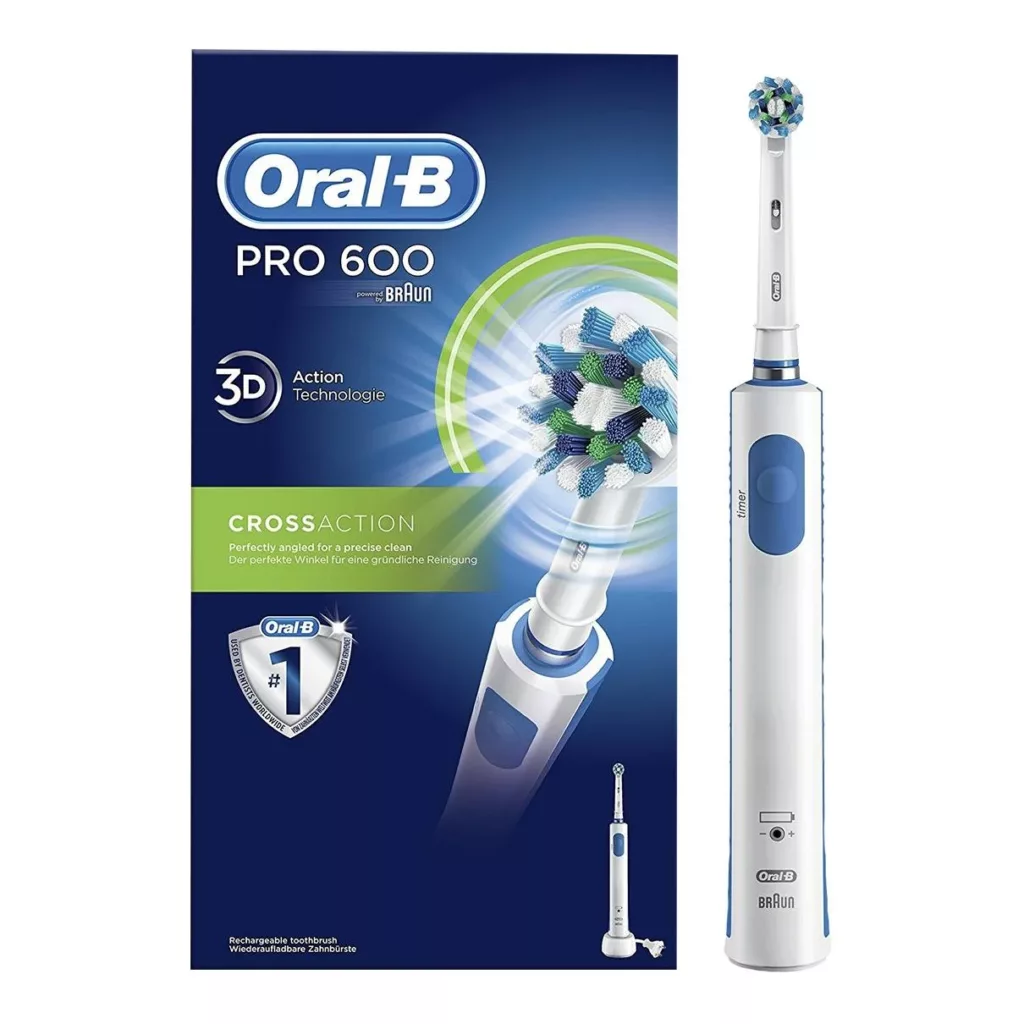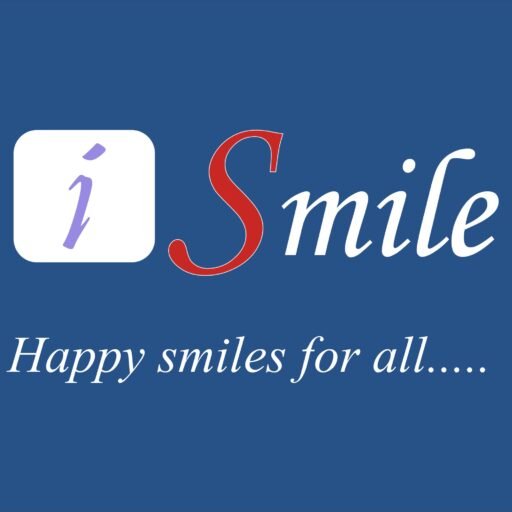1. Introduction
Toothbrushes have been around for centuries, and they have evolved over time. Manual toothbrushes have been the go-to for many people, but power toothbrushes have gained popularity in recent years. Power toothbrushes use electric motors to move the bristles, making them a more efficient way to clean teeth. Manual toothbrushes, on the other hand, require manual effort to clean the teeth.
2. The Advantages of Manual Toothbrushes
Manual toothbrushes have been around for centuries, and they have stood the test of time for a reason. Here are some advantages of using manual toothbrushes:
i. Affordability
Manual toothbrushes are more affordable than power toothbrushes, making them accessible to everyone.
ii. Availability
Manual toothbrushes are readily available in almost every store, making it easy to find a replacement when needed.
iii. No Charging Required
Manual toothbrushes don’t require any charging, making them more convenient to use.
iv. Customizable Pressure
With manual toothbrushes, you have more control over the pressure you apply to your teeth and gums, making it easier to customize your brushing experience.
3. The Advantages of Power Toothbrushes
Power toothbrushes have been gaining popularity in recent years due to their numerous advantages. Here are some benefits of using power toothbrushes:
i. More Effective
Power toothbrushes are more effective in removing plaque and bacteria from your teeth, making them a better option for people with orthodontic appliances or braces.
ii. Easier to Use
Power toothbrushes require less effort to use, making them a great option for people with limited mobility or dexterity.
iii. Built-in Timers
Most power toothbrushes have built-in timers that ensure you brush for the recommended two minutes.
iv. Different Brush Heads
Power toothbrushes come with interchangeable brush heads that allow you to customize your brushing experience.
4. Manual Toothbrush vs. Power Toothbrush: Which One Is Better?
Both manual and power toothbrushes have their advantages and disadvantages. However, studies have shown that power toothbrushes are more effective at removing plaque and reducing the risk of gum disease. In a study conducted by Cochrane, it was found that power toothbrushes are 21% more effective at removing plaque than manual toothbrushes.
5. Choosing the Right Toothbrush
When choosing a toothbrush, it’s important to consider your individual needs and preferences. Here are some factors to consider:
i. Bristle Hardness
Choose a toothbrush with soft bristles to avoid damaging your teeth and gums.
ii. Head Size
Choose a toothbrush with a head size that fits comfortably in your mouth.
iii. Brand
Choose a reputable brand with a good track record for quality toothbrushes.
iv. Price
Choose a toothbrush that fits your budget without compromising quality.

6. The Science Behind the Effectiveness of Power Toothbrushes
Power toothbrushes use oscillating or vibrating bristles that remove plaque more effectively than manual toothbrushes. According to a study published in the Journal of Clinical Dentistry, power toothbrushes remove 11% more plaque than manual toothbrushes after three months of use.
7. The Science Behind the Effectiveness of Manual Toothbrushes
Manual toothbrushes have been around for centuries and are still an effective way to clean your teeth. A study published in the International Journal of Dental Hygiene found that manual toothbrushes are just as effective as power toothbrushes at removing plaque when used correctly.
8. The Importance of Regular Dental Checkups
Regardless of which type of toothbrush you use, regular dental checkups are essential for maintaining good oral health. Your dentist can identify any potential issues and provide guidance on how to care for your teeth and gums.
9. Common Misconceptions About Power and Manual Toothbrushes
There are many misconceptions surrounding power and manual toothbrushes. Here are a few:
i. Power toothbrushes are too expensive.
While some power toothbrushes can be pricey, there are many affordable options available.
ii. Manual toothbrushes are just as effective as power toothbrushes.
While manual toothbrushes are effective, studies have shown that power toothbrushes are more effective at removing plaque.
iii. Power toothbrushes require a lot of maintenance.
Most power toothbrushes don’t require much maintenance beyond regular cleaning and occasional battery replacement.
10. Factors to Consider When Choosing a Toothbrush
When choosing a toothbrush, consider your individual needs and preferences. Here are some factors to consider:
i. Bristle Hardness
Choose a toothbrush with soft bristles to avoid damaging your teeth and gums.
ii. Head Size
Choose a toothbrush with a head size that fits comfortably in your mouth.
iii. Brand
Choose a reputable brand with a good track record for quality toothbrushes.
iv. Price
Choose a toothbrush that fits your budget without compromising quality.
11. Tips for Proper Brushing Technique
Regardless of which type of toothbrush you use, proper brushing technique is essential for maintaining good oral health. Here are some tips:
i. Brush for two minutes twice a day.
ii. Use gentle circular motions to clean your teeth and gums.
iii. Don’t forget to brush your tongue to remove bacteria and freshen your breath.
12. Maintaining Your Toothbrush
Proper toothbrush maintenance is essential for ensuring your toothbrush stays clean and effective. Here are some tips:
i. Rinse your toothbrush thoroughly after each use.
ii. Store your toothbrush in an upright position to allow it to air dry.
iii. Replace your toothbrush every three to four months, or sooner if the bristles become frayed.
13. Conclusion
In conclusion, both power and manual toothbrushes have their own benefits and drawbacks. Power toothbrushes are more effective at removing plaque and can be easier for people with limited dexterity or mobility to use. However, they can be more expensive and require a power source. Manual toothbrushes are more affordable and require no power source, but may not be as effective at removing plaque and can be more difficult for people with limited dexterity or mobility to use. Ultimately, the best toothbrush is one that meets your individual needs and preferences.
Regardless of which type of toothbrush you choose, proper brushing techniques and regular dental checkups are essential for maintaining good oral health. Remember to brush for two minutes twice a day, use gentle circular motions, and replace your toothbrush every three to four months. By following these tips and selecting the toothbrush that’s right for you, you can keep your teeth and gums healthy and clean.
14. FAQs
Q1. Are power toothbrushes more effective than manual toothbrushes?
A1. Yes, power toothbrushes are more effective at removing plaque than manual toothbrushes. According to a study published in the Journal of Clinical Dentistry, power toothbrushes remove 11% more plaque than manual toothbrushes after three months of use.
Q2. Are power toothbrushes more expensive than manual toothbrushes?
A2. Some power toothbrushes can be more expensive than manual toothbrushes, but there are many affordable options available. It’s important to choose a toothbrush that fits your budget without compromising quality.
Q3. Do power toothbrushes require a lot of maintenance?
A3. Most power toothbrushes don’t require much maintenance beyond regular cleaning and occasional battery replacement. It’s important to follow the manufacturer’s instructions for care and maintenance.
Q4. Can manual toothbrushes be just as effective as power toothbrushes?
A4. Yes, when used correctly, manual toothbrushes can be just as effective as power toothbrushes at removing plaque. A study published in the International Journal of Dental Hygiene found that manual toothbrushes are just as effective as power toothbrushes at removing plaque when used correctly.
Q5. How often should I replace my toothbrush?
A5. It’s recommended to replace your toothbrush every three to four months, or sooner if the bristles become frayed. A worn toothbrush can be less effective at removing plaque and can harbor bacteria.


Recent Comments